The top of the mornin' to ya. A first-rate cuppa! Tasting at Bois Chéri.
My driver for today is named “Gervais”. A lovely man. He accompanied me around all the places we visited, which the others have not always done. He was very knowledgeable so I learned a lot just from chatting. He is also about the most sedate and careful driver I have had so far. In fact, he is not at all enamoured of these crazy lunatics that you see on the roads everywhere. I discovered (or was reminded) through asking, that the chef’s name is “Gino”. No wonder he makes such good pizzas! Actually I don’t think he has any Italian blood in him – at least not according to his wife, about whom more later.
Whilst we were on our way, Gervais telephoned through to the office to set up our trips for Wednesday. They’ll be the same one as today for Caroline, and the sea-activities for Pete & me. So we should be OK.
Since it was on our route, we called in (third time for me) at Grand Bassin on the off-chance that there might be some macaques, but not a dicky-bird (or a monkey). Not to worry, the area can stand any number of visits. Gervais reckons it might be something to do with the fact that recently people have been trapping the monkeys for export to
You know, even though I have been to Grand Bassin three times and not seen any monkeys, I’m willing to bet that if Caroline comes up here on Wednesday she’ll see some!
So then, on to the Bois Chéri tea estate. I found it rather more interesting than l’Aventure du
First, the plant itself: it is a variety of camellia – but not like the ones you might have in your garden. I won’t bore you with its Latin name (can’t remember it anyway!). It has small, rather insignificant white flowers. Of course, these are not needed, and the bushes are in any case kept neat by the regular picking. So you don’t often see them. Unlike with many crops, it is virtually unnecessary to replant – except if production is to be stepped up. Many of the plants we saw were around 100 years old. I had not expected that. Here is one, and you can tell by the girth of its stem that it is not in the first flush of youth – but still fully productive (oh, if only!):
A tea bush close-to
Turning the leaves into the world’s most popular drink is a fascinating process. Did you know, by the way, that the
The entire process of tea-production takes several months, from picking to selling.
Tea pickers with their morning’s harvest
The leaves are only picked on one day each week. Another thing I didn’t realise.
The fresh new leaves are first conveyed in their sacks up into the processing plant.
There they are spread out for 24 hours and partially dry.
They are then transferred to a chopping machine which reduces them to quite a fine state.
Leaves on their way to be chopped
Immediately after chopping
They are still green. In this area there is a strong smell – not of tea, as you would probably think of it, but much closer to that of newly-mown grass. Now for the really intriguing bit. This “pulp” is transferred to a slow conveyor belt which is open to the atmosphere, but still indoors. It takes 1.5 hours for it to travel the entire length, during which time it actually ferments. You can see the whole length, and at the bottom end it is clearly green. The colour gradually darkens to deep brown by the time it reaches the top.
At the bottom end of the fermentation conveyor the leaves are green.
At the top the leaves are brown
From here it is passed through a drying oven after which it has the appearance of normal tea. However, at this stage it really has very little smell. (The flavour only develops with maturation, which occurs through oxidation over a period of some three months of storage under controlled conditions.)
Although it is mostly tea, it also contains some fibres and other bits, which need to be removed. The fibres are lighter than the fermented tea, and are extracted using an electrostatic roller.
You probably can’t tell what is happening here because the movement has blurred the picture, but the fibres are adhering to the drum while the tea passes under it unaffected.
The tea has to be graded, which is done by allowing it to pass through various meshes. The grade is merely in terms of the particle size, and all grades are of the same quality.
There are four grades:
The finer the grade, the stronger the tea; because of the high specific surface no doubt.
Before being put into bags (or not, depending on the final product), the tea will usually be blended with, for example,
One of the drums in which extracts are added to the tea
Only the two finest grades go into tea bags. And here is the bagging process:
Making tea bags.
Notice the “textiley” part – the package of thread, which is attached to the bag, cut, and a tab stuck to it to form the tassle!
The bags are then boxed up.
The tea bags being boxed up – closely inspected by the author!
They are then subjected to quality control. No cavalier use of statistics here: every single box is opened and its contents checked and counted. So it is highly labour-intensive. Although I imagine wages are low, it nevertheless helps to explain the relatively high price of tea.
The quality control section
And so to the best part – the tasting. It takes place in a very civilised manner, in the pavilion, amid yet more breathtaking scenery. (We even had biscuits for dunking!)
Gervais enjoying his first cuppa of the day
We both had a couple of cups. The first I tried was flavoured with tropical fruits. It was surprisingly good – so much so that I later bought several boxes. The plain ordinary tea was also excellent.
Gervais is great company. He is also a tea-addict, usually drinking
Around 16 cups a day! He maintains that tea has many medicinal benefits. This is borne out by the display in the exhibition area. Some scientists even believe it may help to ward off cancer.
Outside the pavilion we meet a lad form “
From there we move on to Mahébourg to visit the
The building housing the museum dates back to the 18th Century
One of several old wooden buildings in the trees adjacent to the museum
The museum is housed in a famous 18th Century building which served as a field hospital during the Napoleonic conflicts. In fact, at one point two opposing commanders (one French, one British) were injured in the same battle and ended up in beds next to one another. One can imagine the conversation. Monsieur le Capitan: “How’s the the lad Thiéry Henri making out?” Mr Commanding Officer: “Oh, the boy’s done good.” Perhaps not.
I learned a lot about the history of
And so, on to St Aubin. This is where the vanilla and anthurium nursery is, as well as a rum distillery. The setting is, yet again, very impressive.
St Aubin Nurseries - the entrance driveway
We went through the nurseries first. Here are a couple of pics from there:
Anthuriums at St Aubin
Vanilla pods on the plant
We had a video to explain about the processing of vanilla, which was quite interesting. Vanilla belongs to the orchid family. Each flower has to be hand-pollenated, so here's another expensive product!
Then we strolled down through a small botanical garden:
The Author, with "Millionaire's Salad" palm
A Pineapple on the plant
Then over to the rum production area:
Now that’s more like it. As with the tea plantation, this is a working operation. We saw the milling of the sugar cane to extract the juice, and also the fermentation.
Sugar canes waiting to be milled
Fermentation of the juice
Next, of course, the liquor is distilled to produce rum. This is a tricky process that has to be very rigidly controlled – like any distillation - because the first fraction to come over is methanol which, as any vagrant will tell you, may be good stuff, but tends to destroy your sight. Later, and at a somewhat higher temperature, the required ethanol-based condensate arrives.
It is then stored in oak (usually) barrels to mature for at least five years before being possibly enhanced with vanilla or coconut or some other flavour, and bottled.
All the bottling is done by hand.
At St Aubin they produce what is called “agricultural rum” in this way. This comes directly from the sugar solution obtained on the first milling of the cane. Until 2003 the local Mauritian laws did not permit this practice (although it had long since been authorised in neighbouring Réunion), insisting that all sugar derived from cane had to go exclusively into sugar products. The only rum that could be manufactured and sold had to be manufactured from the otherwise unwanted by-product, molasses. This type of rum was termed “industrial” rum, and was inferior in quality.
And finally to the dégustation! Well, I wasn’t sure whether I’d really tasted proper rum yet, so I had to, didn’t I?
Mmm. Very tasty. I mean the rum, naturally!
The one (yes – I only had the one. What do you take me for?) I sampled contained vanilla, but there were tropical-fruit flavoured and you-name-it varieties as well. It was pure nectar! Certainly far superior to what I had been drinking in the restaurants (though that was fine).
Now I have never regarded myself as a spirit-drinker. In the hope that I won’t offend anyone, I find whiskies and their ilk too harsh generally (OK – we won’t go into pure malts, and all that). But rum seems an all together different animal, to which I could quite easily become accustomed. And it doesn’t have to blow your head off; though of course it can do! Suffice it to say that before coming to
About 350 bottles a day are produced at St Aubin which, incidentally, remains the only licensed producer of agricultural rum. They export quite a lot to
After that we meandered back home via the only remaining piece of evidence that
Apparently the railways were abandoned in 1966. That’s suspiciously close to the infamous “Beeching Era”. I wonder if there was a connection.
The rest was, by now, familiar territory.
Then it was down to “Casa Pizza” one more time! I felt I had to let them know how much I’d enjoyed the trip.
Now, tonight I’m really pushing the boat out and having the most expensive item on the menu – fish ‘n chips! Actually, it’s officially something like “Pêche du jour, grille, au sauce shalottes” but that’s more or less what it amounts to. Mme explained to me what kind of fish it was. It’s a bit like another type (a “garuppa”? Not sure) that you can only eat if it is smaller than a kilo, but this one lives in deeper water and doesn’t come with a weight restriction!
Anyway, it is very good, and will give my digestion a bit of a much-needed break form spices – especially chilli!
While we’d been out “excurting”, or whatever you call it, I received a text message form Olivier, one of the students, to say that owing to financial problems they wouldn’t be able to come to the beach tomorrow after all. That is a shame, but we will hopefully meet up next Tuesday when we call into the university again.
The waiter, Hanu, thinks I ought to learn a few words of Créole, so he tries to teach me a couple. The only one I can remember sounds like “correc” - remember it isn’t a written language – which means “good”. So when someone asks you how you are (in Créole, of course), “correc” is the correct response. Unless you’re feeling crook; natch. Oh – I’ve just remembered another expression: “dun bill” is the Créole equivalent of “l’addítion”.
Now, as Caroline will confirm, I do have something of a reputation for coincidences; bumping into people I know - such as work colleagues, or neighbours - on the other side of the world. That sort of thing. Well tonight’s example is not quite of that magnitude, but rates fairly highly nonetheless. You may remember that Gino is the chef? Well, a young woman, whom I thought was Angela (who does the bookings for Phillipe’s tour company) came over to talk to me. I found out after about five minutes that she is not Angela, but her sister, Estella (not sure of the spelling). She is therefore Phillipe’s sister-in-law. And she is married to Gino. They have two small children, one of them only nine months old. She’d heard that I am a lecturer, and was wondering what subject. When I told her she couldn’t believe it, because she teaches textile/fashion design at the national Industrial Training Board near the university. She did a BTech in
Then it turns out she knows Dharma (my university host), as well as Asvin (who set up my internet connection, and wants to do a PhD at Manchester), and Sabrina (I love that name: she’s one of the two designers whom I met, and who is also trying to arrange to do a PhD in Manchester); and she has been writing to Rajesh Jeetah asking for his help in finding a suitable degree course. Naturally, I didn’t miss the opportunity to mention my own claim to fame with regard to that gentleman (he being
So, it occurs to me that: well I may feel as though I’ve been spending an awful lot of time here just messing about and enjoying life. But actually, when I think about it, I have probably done my bit for relations between the two universities one way or another. So I reckon my conscience ought to be clear after all!
Well, plenty of excitement for one day, methinks; and I return to the ranch.
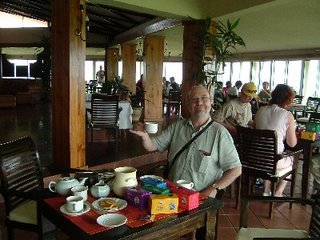

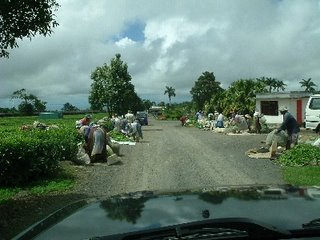

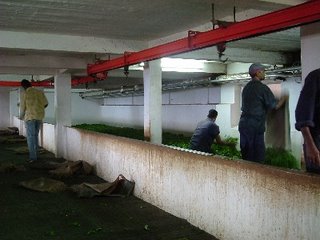
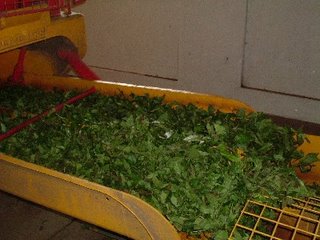

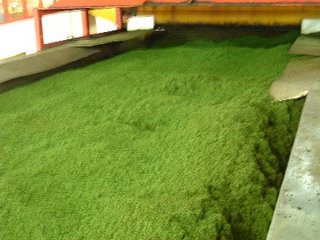
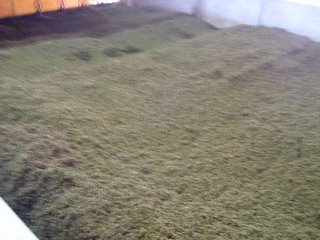
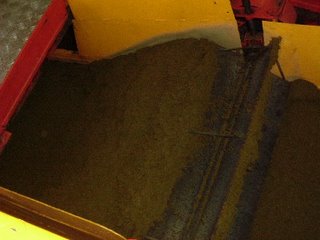
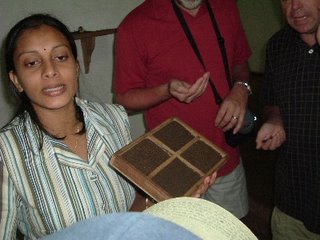
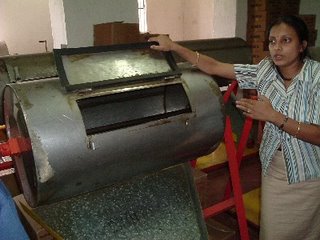
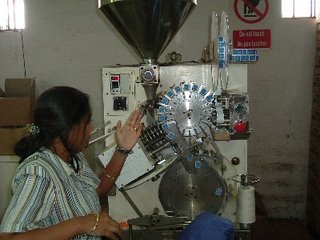


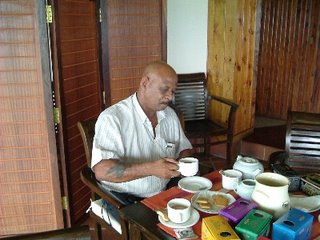


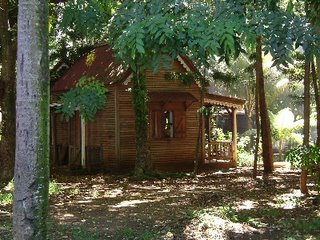
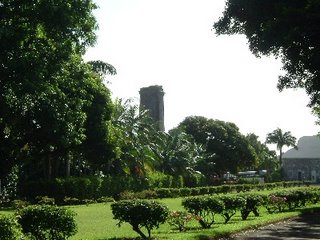

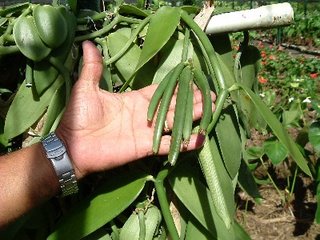
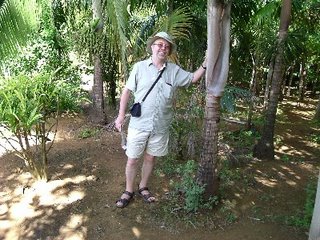
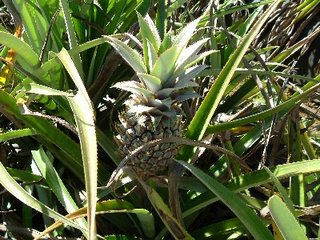
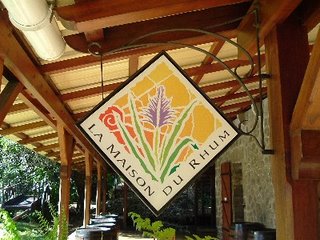
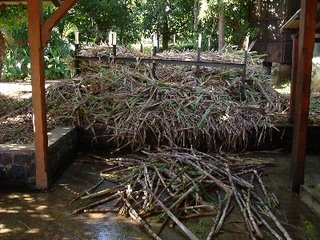
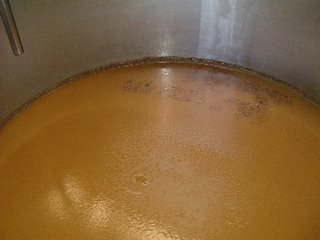
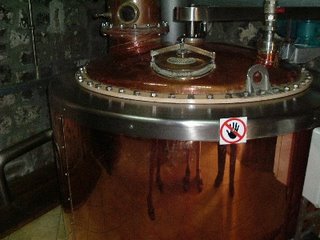
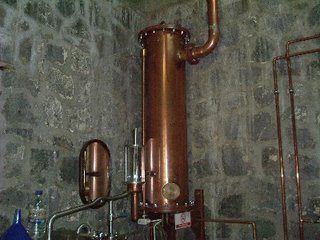
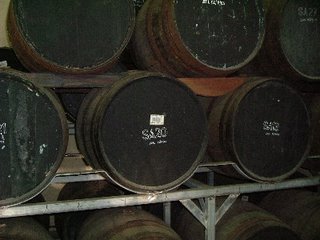
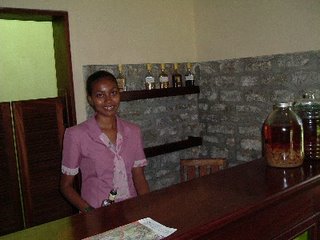
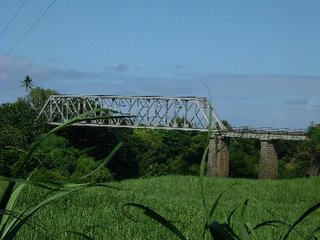
No comments:
Post a Comment